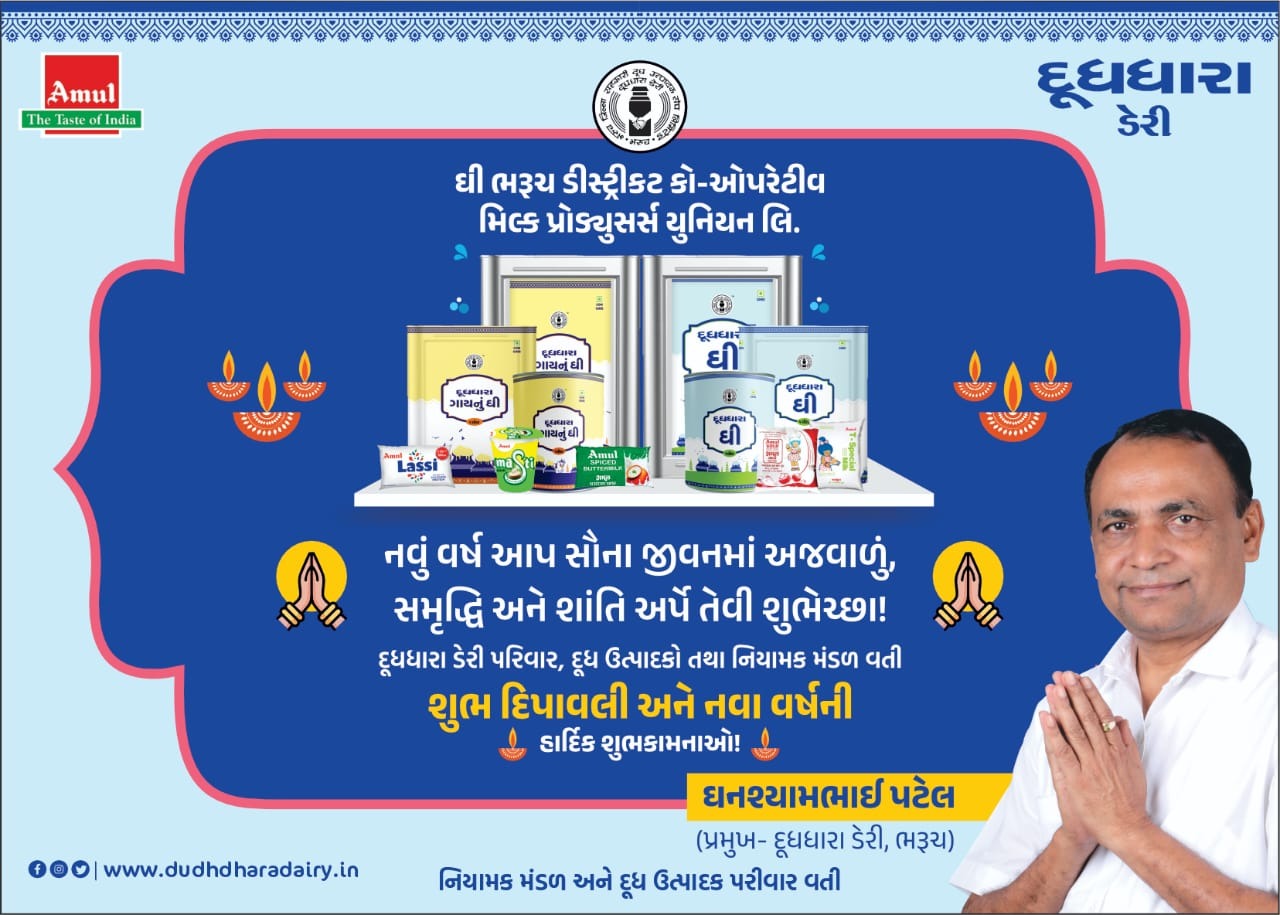/connect-gujarat-english/media/media_files/2024/12/17/90WO3asnzP2d8HxSynLU.jpeg)
Rummy has been purely a game of love, togetherness, and happiness. It has been part of our lives for generations and has been played among friends and family during get-togethers, parties, and festivals.
It is the most beloved card game globally and has transitioned seamlessly from the physical to the digital realm.
With the rise of online gaming platforms, developers face the challenge of creating rummy games that not only capture the spirit of the traditional game but also elevate it with modern technology.
Crafting a perfect rummy experience is both an art and a science, requiring a deep understanding of gameplay mechanics, user behavior, and technological innovation.
What would be a perfect rummy experience? An experience that is an amalgamation of both tradition and modern technology. We all know that the popularity of the Rummy card game lies in its simplicity and strategic depth.
Whether playing offline with friends and family or online with players from across the nation, the aim remains the same.
The players have to form valid sets and sequences by picking and discarding cards. While the rules are straightforward, the game demands sharp analytical skills, quick decision-making, and strong mental abilities.
This unique combination makes rummy appealing to both casual and serious gamers.
For developers, the challenge is to preserve this essence while adding features that enhance the online experience. Balancing tradition with innovation is key to creating a game that resonates with a diverse audience.
Key Elements of Rummy Game Development
Developing a successful rummy game requires attention to several crucial aspects:
1. User-Friendly Interface
The first touchpoint for any player is the game’s interface. A clutter-free, intuitive design ensures that players can navigate the game effortlessly. Clear buttons, smooth animations, and responsive controls enhance the overall user experience. Developers often employ extensive user testing to refine the interface, ensuring it appeals to both tech-savvy players and those new to online gaming.
2. Game Mechanics and Fair Play
The core mechanics of rummy must mirror the traditional gameplay to maintain authenticity. Developers implement algorithms that shuffle and distribute cards randomly, ensuring fairness. Robust random number generators (RNG) are crucial to achieving this. Transparent gameplay builds trust among players, a critical factor in retaining a loyal user base.
3. Multiplayer Functionality
Rummy is inherently a social game. Online rummy platforms replicate this by offering multiplayer modes where players can compete against friends or strangers. Features like real-time chat and player avatars enhance social interaction, making the game feel more engaging and personal. Developers also incorporate matchmaking algorithms to pair players of similar skill levels, ensuring fair competition.
The Role of Technology
The technological backbone of a rummy game significantly influences its success. Here’s how developers leverage technology to craft an engaging experience:
1. Mobile Optimization
With the majority of online gamers using smartphones, mobile optimization is non-negotiable. Developers prioritize smooth performance across devices, ensuring the game runs seamlessly on both high-end and budget smartphones. Features like offline play, data-saving modes, and push notifications further enhance the mobile experience.
2. Secure Payment Gateways
Many online rummy platforms allow players to compete for real money, making secure payment integration a top priority. Developers work with trusted payment processors and implement encryption technologies to protect users’ financial data. Transparent withdrawal processes and quick payouts further build credibility.
3. Artificial Intelligence and Machine Learning
AI and machine learning play a significant role in rummy game development. AI-powered bots offer new players a way to practice before entering live games. Machine learning algorithms analyze player behavior, tailoring challenges and rewards to individual preferences. These technologies create a personalized gaming experience, keeping players engaged for longer.
4. Anti-Cheating Measures
Online gaming comes with the risk of unethical practices like collusion and cheating. Developers employ sophisticated anti-cheating mechanisms to detect and prevent such behavior. Regular audits and updates ensure that the gaming environment remains fair and competitive.
Engagement and Retention Strategies
Attracting players is only half the battle; retaining them is where the real challenge lies. Developers use various strategies to keep players coming back:
1. Rewards and Loyalty Programs
Players love incentives, and rummy platforms deliver through bonuses, rewards, and loyalty programs. Daily login bonuses, referral incentives, and milestone rewards encourage regular participation. Gamification elements like leaderboards and achievement badges add a competitive edge, motivating players to stay active.
2. Tournaments and Events
Hosting tournaments is a surefire way to boost engagement. Players enjoy the thrill of competing for larger prizes in timed events. Seasonal themes and special promotions during festivals or holidays further enhance player participation, giving them something exciting to look forward to.
3. Community Building
Creating a sense of community is vital for any online game. Developers foster this by integrating social features like forums, chatrooms, and social media sharing options. These features allow players to connect, share strategies, and celebrate wins, building a loyal and enthusiastic player base.
Challenges in Rummy Game Development
Despite its widespread appeal, rummy game development comes with its share of challenges:
1. Regulatory Compliance
In many regions, online rummy is classified as a game of skill rather than chance, making it legal. However, developers must navigate varying regulations across states and countries. Ensuring compliance with local laws is essential to avoid legal complications.
2. High Competition
The online gaming market is saturated with rummy platforms. Standing out requires innovative features, impeccable design, and superior marketing strategies. Developers must constantly innovate to stay ahead of competitors.
3. Cybersecurity Threats
Cybersecurity is a significant concern for real-money gaming apps. Protecting user data from breaches and ensuring secure transactions is an ongoing challenge. Developers must invest in cutting-edge security technologies and conduct regular vulnerability assessments.
Future Trends in Rummy Game Development
The future of rummy gaming lies in embracing emerging technologies and trends:
1. Augmented and Virtual Reality (AR/VR)
Imagine playing rummy in a virtual casino, interacting with other players as if they’re sitting across the table. AR and VR have the potential to revolutionize the online rummy experience, making it more immersive and engaging.
2. Blockchain Integration
Blockchain technology can enhance transparency and security in rummy games, particularly for real-money transactions. Smart contracts and decentralized platforms may redefine trust and fairness in online gaming.
3. Cross-Platform Play
Seamless integration across devices—smartphones, tablets, and desktops—is becoming a standard expectation. Developers are working towards creating unified ecosystems where players can switch devices without losing progress.
 Follow Us
Follow Us





































